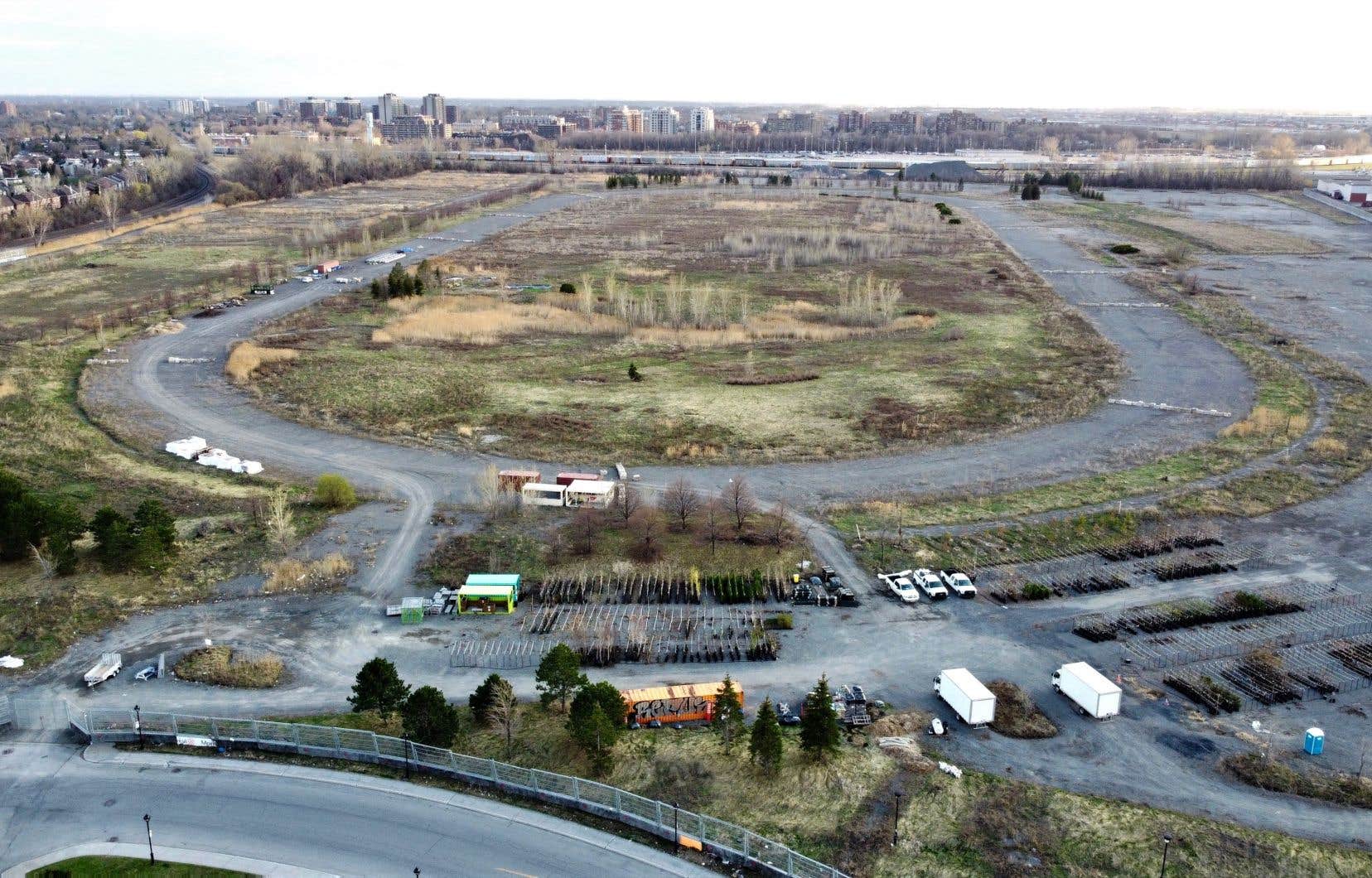This text is part of the special Philanthropy section
According to the president and general director of the Centraide foundation, Claude Pinard, the future Namur-Hippodrome eco-district is proof of the efficiency of philanthropy in bringing together, mobilizing and getting civil society to take action in order to participate in solving problems. increasingly complex social issues.
On April 19, the City of Montreal unveiled its master plan for a carbon-neutral neighborhood in the Namur-Hippodrome district. The studies to develop this sector were carried out by the Acceleration Group for the Optimization of the Hippodrome Project (GALOPH), made up of representatives of civil society brought together initially thanks to the work and perseverance of the Centraide foundation. . In addition to a public transport network, new public spaces and various facilities, the City announced the creation of 20,000 new housing units, half of which will be sheltered from speculation. Among them, 4,800 social or community housing units are planned, 60% of which will have three or four bedrooms.
Philanthropy “by, for and with”
Upon arriving at Centraide of Greater Montreal and after becoming aware of the housing crisis, Claude Pinard decided that he was going to make access to affordable housing his main focus.
After participating in the study leading to the report Vital signs of Greater Montreal in 2023 with the Foundation of Greater Montreal (FGM), on the housing situation in the Montreal agglomeration, he understood that to act, “we had to change the model” and begin “radical collaboration”. According to him, it was necessary to adopt a new approach to philanthropy “by, for and with”, more focused on the community. “Centraide is the second socio-community investor, after the government, on the island of Montreal,” he says. This gave us a certain credibility in the business and community world. »
This is how he participated in the creation of GALOPH, a working group made up of around fifteen partners who are experts in their field, from the business community, residential real estate, private and institutional financing and community environment, among others. Among them, we find in particular the urban planner Clément Demers, who participated in the development of the Quartier des spectacles, and Laurence Vincent, president of Prével and of the Metropolitan and Urban Affairs committee of the Chamber of Commerce of Metropolitan Montreal. He explains that during the process, the interests of the companies or groups represented by the participants should not come into play. “The only interests that count are the people we are trying to accommodate,” he maintains. Which means that when you enter a meeting, you put aside the hat of what you represent to put yourself at the service of society. »
The GALOPH is co-chaired by Claridge President and CEO Pierre Boivin. “Claude Pinard came to see me and we formed a committee representing all spheres of civil and public society,” he says. Together, they created six subgroups which worked in particular in connection with the community, on the issues of mobility, the environment, infrastructure and construction.
“We didn’t want to come up with a plan and then seek social acceptability,” explains Mr. Boivin. It was absolutely necessary to work hand in hand with community groups. »
He specifies that more than a hundred volunteers participated in the project and that several companies even reduced their usual rates by 50% to carry out their work. This made it possible to find concrete solutions in a few months even though their budget was only $500,000.
“ [Les groupes communautaires] told us that together, they have progressed towards more concrete solutions in eight months than they had in the last ten years,” he confides.
For the process to succeed, affirms the co-president of GALOPH, it was necessary for everyone to be “passionate about the possibilities of the project and to be committed”.
“In philanthropy, it’s one thing to write a check, it’s another to get involved and give precious time,” notes Mr. Boivin. Self-giving is as important as financial giving. »
A promising model
Montreal, Ottawa and Quebec each announced on April 19 an investment of $2 million in this project. An amount which will notably make it possible to build municipal infrastructure which does not yet exist on the site and which could cost $1.4 billion.
“This budget will allow us to carry out detailed studies to optimize costs,” rejoices Pierre Boivin. It is still a very large-scale project. »
He affirms that this new model is very interesting for the different levels of government, which are all concerned by the housing crisis: “ [Ce genre de collaboration] is unique in Canada. »
The president of Claridge hopes that this will inspire other projects in Montreal, such as in the Peel Basin sector, where social and affordable housing projects were announced last month.
“We showed that our superpower is really to bring people together and act for a great, inclusive Montreal without poverty,” rejoices Claude Pinard.
This content was produced by the Special Publications team at Duty, relating to marketing. The writing of the Duty did not take part.
